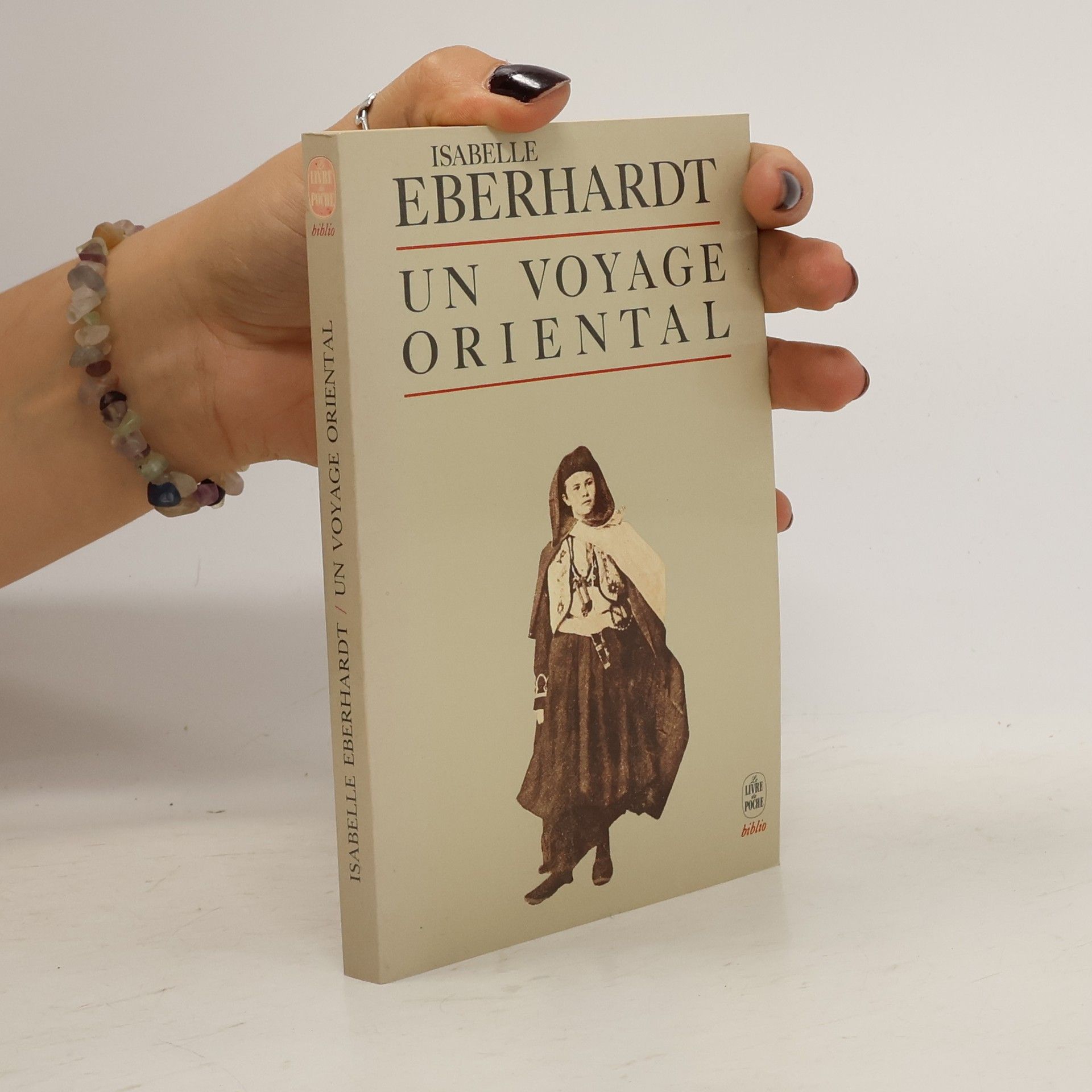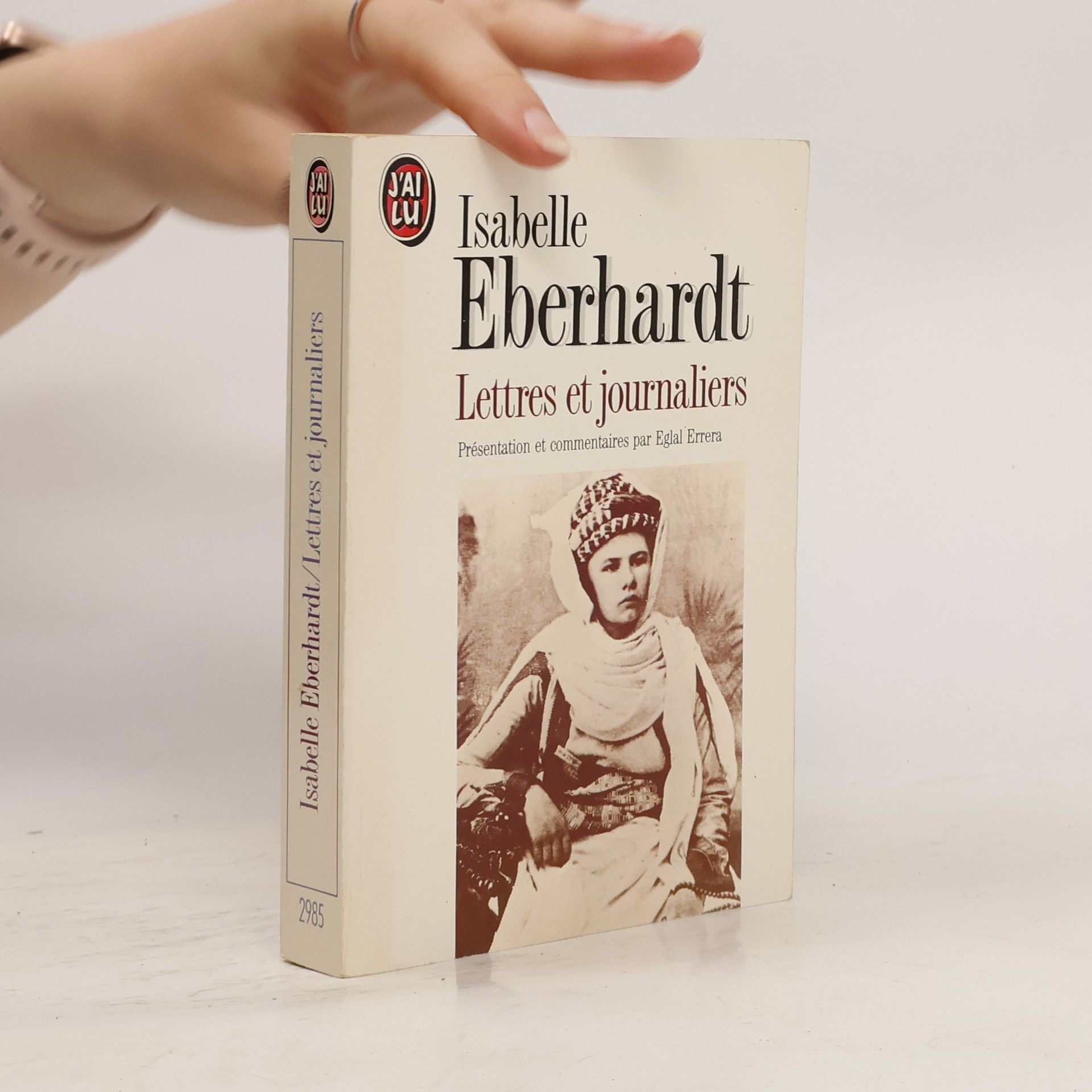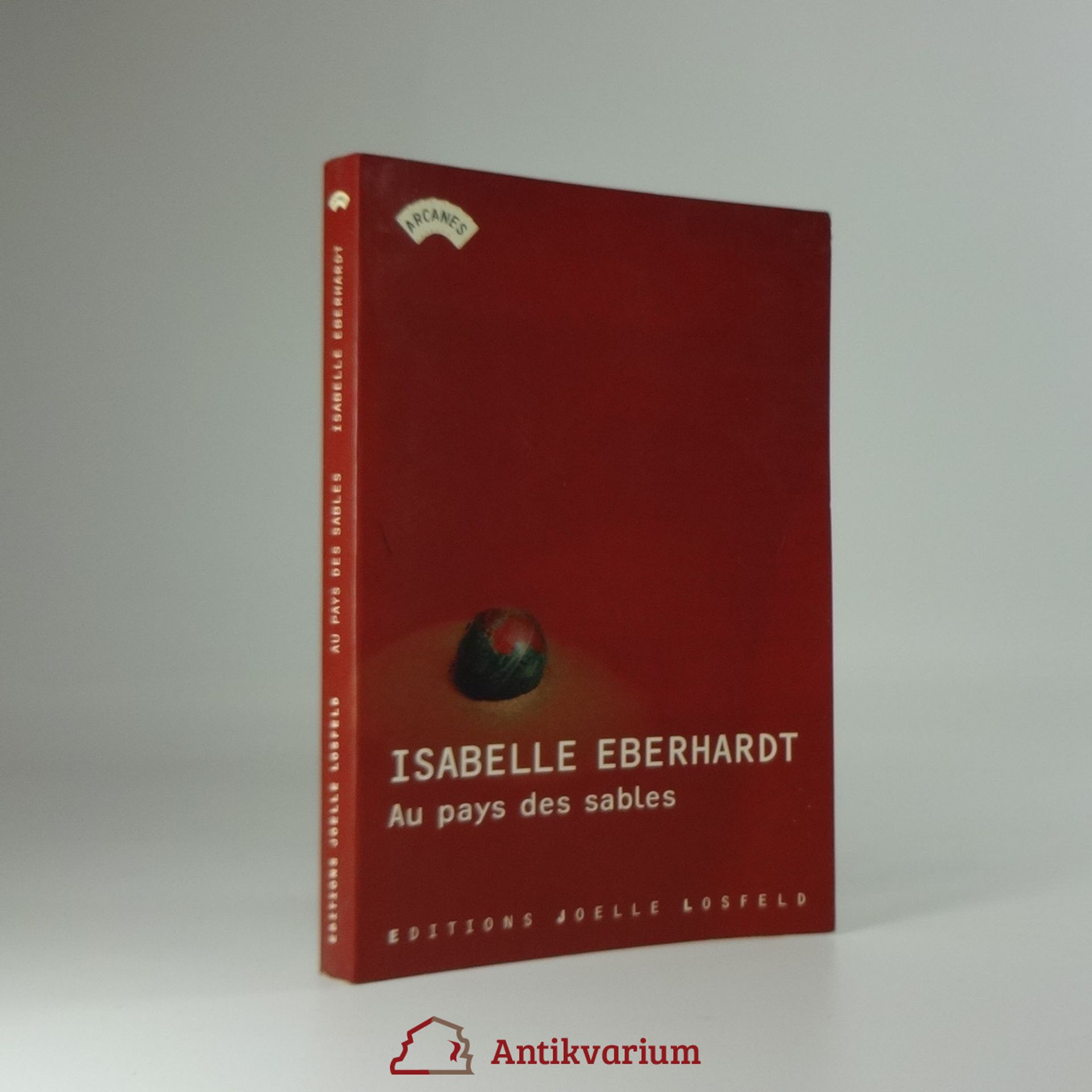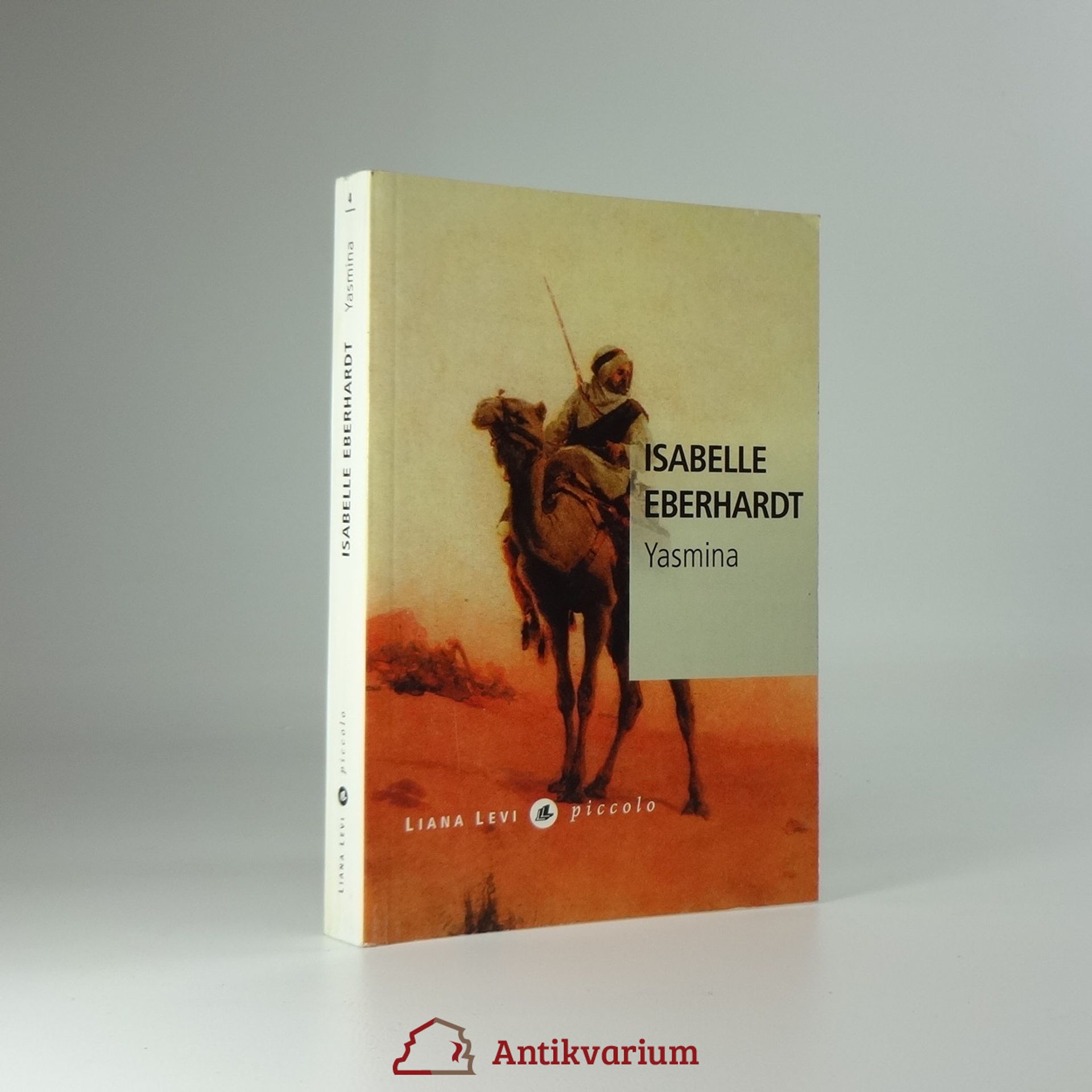Yasmina
- 265pages
- 10 heures de lecture
"Yasmina" de Isabelle Eberhardt. Exploratrice et écrivaine suisse (1877-1904).
Isabelle Eberhardt fut une exploratrice et écrivaine suisse-algérienne qui a beaucoup vécu et voyagé en Afrique du Nord. Pour l'époque, elle était une personne extrêmement libérée qui a rejeté la moralité européenne conventionnelle au profit de son propre chemin et de l'Islam. Déguisée en homme, se faisant appeler Si Mahmoud Essadi, Eberhardt a voyagé dans la société arabe avec une liberté qu'elle n'aurait pas pu connaître autrement. Elle est morte dans une crue soudaine dans le désert à l'âge de 27 ans.






"Yasmina" de Isabelle Eberhardt. Exploratrice et écrivaine suisse (1877-1904).
Ces journaux d’Isabelle Eberhardt rédigés entre 1900 et 1903 nous révèlent son âme profonde et tourmentée. La jeune aventurière, qui parle parfois au féminin, parfois au masculin, suivant ses états d’âme, décrit jour après jour avec autant d’émotion tant les couleurs changeantes du désert, la nostalgie du soir, la « tristesse qui est l’essence même de l’âme », que la joie des retrouvailles avec son amour arabe et ses cavalcades folles dans les dunes. Tous ses textes, même ceux écrits dans un style télégraphique, nous touchent parce qu’ils sont empreints d’une immense angoisse existentielle.
Ce recueil de nouvelles évoque la révélation esthétique, puis sentimentale et mystique de cette jeune écrivain voyageur pour le désert du Sahara et plus particulièrement pour les paysages du Souf et sa confrérie. La découverte de ces contrés influenceront l'oeuvre et la vie de cette jeune femme disparue à 27 ans, noyée dans une crue en plein désert
446pages. 19x11x2cm. Poche.
In the Shadow of Islam is an extraordinary evocation of the desert and its people by a woman who dressed as a man in order to travel alone and unimpeded throughout North Africa. In 1897 Isabelle Eberhardt, age 20, left an already unconventional life in Geneva for the Morroccan frontier. Gripped by spiritual restlessness and the desire to break free from the confinements of her society she traveled into the desert, and into the heart of Islam. Her experiences inspired a profound self-examination, and In the Shadow of Islam is today regarded as one of the true classics of travel writing.
Originally published: San Francisco: City Lights, 1975; London: Owen, 1988.
INTRODUCED BY WILLIAM ATKINS, author of The Immeasurable World 'I am merely an eccentric, a dreamer who wishes to live far from the civilized world, as a free nomad.' Isabelle Eberhardt's writing chronicles, in passionate prose, her travels in French colonial North Africa at the turn of the 20th century. Often dressed in male clothing and assuming a man's name, she worked as a war correspondent, married a Muslim non-commissioned officer, converted to Islam and survived an assassination attempt, all before dying in a flash flood at the age of 27. Desert Soul brings together her 'Wanderings' and 'The Daily Journals', detailing the ecstatic highs and the depressive lows of her short but unique and extraordinary life.
This book tells the fascinating tale of a character like no other—Isabelle Eberhardt (1877-1904) came to be known as the ultimate enigma and representative of everything that seemed dangerous in nineteenth-century society. In her short life Isabelle Eberhardt (1877-1904) came to be known as the ultimate enigma and representative of everything that seemed dangerous in nineteenth-century society. Born the illegitimate daughter of an aristocratic Russian emigree she was a cross-dresser and sensualist, an experienced drug-taker and a transgressor of boundaries: a European reborn in the desert as an Arab and Muslim, a woman who reinvented herself as a man, wandering the Sahara on horseback. A profoundly lonely individual for all her numerous sexual adventures, she roused controversy and was loved and hated in equal measure. A mysterious attempt was made on her life and even her eventual death was ambiguous: she drowned in the desert at the age of twenty-seven. La bonne nomade, Isabelle’s diaries, is a fascinating account of her strange and passionate nomadic lifestyle; an evocative and deeply personal record of her torments, her search for inspiration as a writer, her spirituality and the intense color and fire of her living.
Grete Osterwald, geboren 1947, lebt als freie Übersetzerin aus dem Englischen und Französischen in Frankfurt am Main. Sie wurde mehrfach mit Übersetzerpreisen ausgezeichnet, zuletzt 2017 mit dem Jane Scatcherd-Preis. Zu den von ihr übersetzten Autoren zählen Siri Hustvedt, Alfred Jarry, Anka Muhlstein, Jacques Chessex sowie Nicole Krauss, Jeffrey Eugenides und Elliot Perlman.